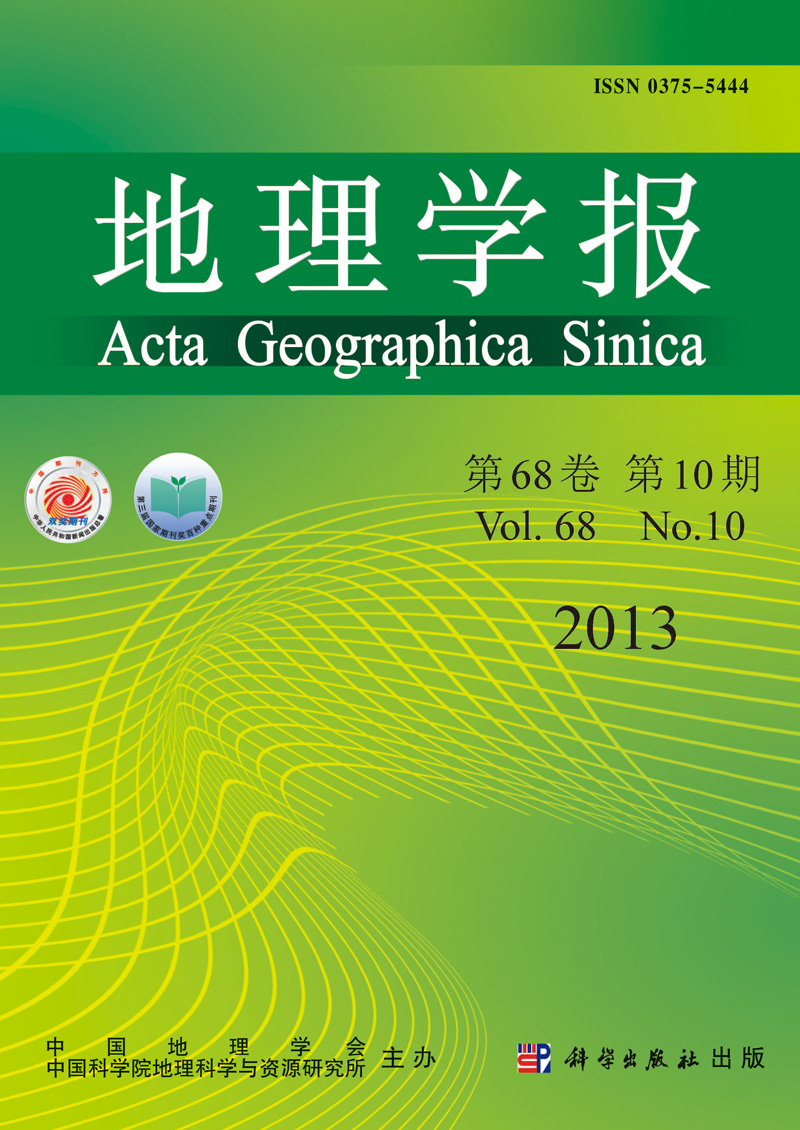FAN Fei, DU Debin, LI Heng, YOU Xiaojun
The scientific and technological (S&T) resources allocation efficiency of China's 286 cities at prefecture-level during 2001-2010 is measured from both input and output perspectives in this paper. From an input perspective, employees in scientific research and technical services (ten thousand persons), financial expenditure on science (ten thousand yuan), total social investment in fixed assets (a hundred million yuan) and the number of Internet users (household) represent scientific human resources, scientific financial resources, scientific material resources and scientific information resources respectively, while the number of scientific thesis and the numbers of three types of patents which can be retrieved represent the output of technological resources allocation efficiency. The S&T resources allocation efficiency of each city is calculated by the improved data envelopment analysis (DEA) in different periods, while differences of distribution and change rule of it are revealed from spatial and temporal dimensions. Based on this, the spatial-temporal distribution pattern and evolution trend of S&T resources allocation efficiency in prefecture-level cities during the research period are analyzed and discussed with the method of exploratory spatial data analysis (ESDA). The results show that: (1) the average allocation efficiency of S&T resources in prefecture-level cities has been at low level, decreasing annually in a process of high-low crisscross, and the gap between the eastern and central-western China gradually expands. (2) In the aspect of spatial distribution, S&T resources allocation efficiency in prefecture-level cities remains unevenly distributed, and basically presents downtrend from East China, Central China to West China. The cities whose S&T resources allocation efficiency is at high level and higher level present a cluster distribution, which fits well with the 23 forming urban agglomerations in China. (3) In terms of spatial evolution trend, S&T resources allocation efficiency of prefecture-level cities illustrates significant spatial autocorrelation and has positive correlation in every stage. The S&T resources allocation efficiency of adjoining cities with similar values (high-high or low-low) is featured by spatial agglomeration. The phenomenon of spatial distribution agglomeration is gradually increasing, while the general geographic difference changes in the trend of diminishing. (4) By observing the LISA map of S&T resources allocation efficiency at different stages, we can find that the spatial location and spatial agglomeration range of four agglomeration types of S&T resources allocation efficiency have changed in different degrees with the elapse of time. The geographical space continuity of S&T resources allocation efficiency progressively enhances. (5) Economic development has been found to be positively correlated with S&T resources allocation efficiency to some extent. However, the improvement of S&T resources allocation efficiency does not depend only on economic development. The differences of S&T resources allocation relative efficiency appears universally. Geographic location, S&T resource endowment, innovation environment and other aspects are directly and indirectly influencing and reflecting the existence and evolution of those differences.
